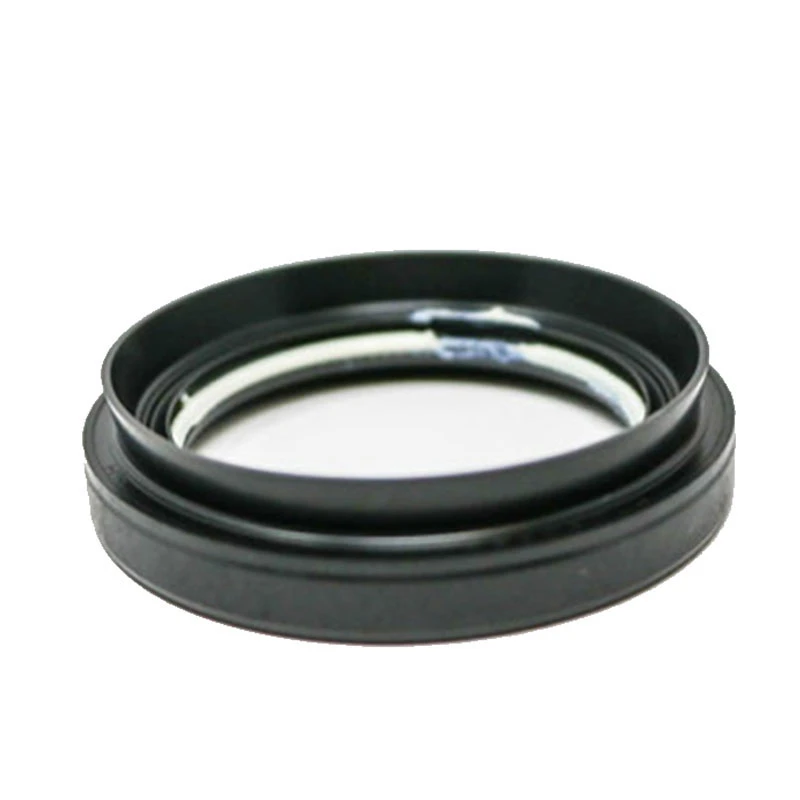oil seal dimension
Understanding Oil Seal Dimensions A Comprehensive Guide
Oil seals, also known as shaft seals or radial lip seals, play a critical role in various mechanical systems, preventing leaks and protecting internal components from contamination. Properly understanding oil seal dimensions is essential for selecting the right seal for your application, ensuring optimal performance and longevity. In this article, we will delve into the essential aspects of oil seal dimensions, their significance, and how to measure and select them effectively.
What are Oil Seals?
Oil seals are devices used to seal the interface between stationary and moving components, commonly found in machinery such as engines, pumps, and gearboxes. They are designed to contain lubricants within a system while shielding it from external contaminants like dirt and moisture. Oil seals are typically made of rubber or elastomeric materials, featuring a flexible lip that exerts pressure against a shaft or housing to create a barrier.
Importance of Oil Seal Dimensions
The dimensions of oil seals are critical for several reasons
1. Compatibility The seal must fit properly within the housing to provide an effective seal. If the dimensions are incorrect, it may lead to leakage or increased wear on the sealing lip.
2. Performance The correct dimensions ensure that the seal can withstand the operating conditions, including temperature, pressure, and speed, helping maintain the integrity of the system.
3. Installation Ease Accurate dimensions facilitate easier installation. A seal that is too large or too small can complicate the installation process and may require additional tools or adjustments.
Key Dimensions of Oil Seals
When discussing oil seal dimensions, there are several key measurements to consider
1. Inside Diameter (ID) This measurement refers to the diameter of the hole in the middle of the seal. It must match the shaft's diameter for correct installation.
2. Outside Diameter (OD) This is the diameter of the outer edge of the seal, which fits into the housing. Proper OD ensures that the seal is secured and does not move or dislodge during operation.
oil seal dimension

3. Width (W) This dimension indicates how thick the seal is. The width affects the sealing surface area and can influence how well the seal performs in various applications.
4. Lip Profile The design of the sealing lip can vary, affecting how the seal interacts with the shaft. Common lip profiles include flat, beveled, or contoured shapes, which can impact the sealing efficiency and durability.
5. Material Thickness This is the thickness of the sealing material itself. Thicker materials may provide better durability but could also impact flexibility and sealing performance.
How to Measure Oil Seal Dimensions
Measuring oil seal dimensions accurately ensures that you choose the right seal for your application. Here's a step-by-step guide on how to measure
1. Gather Measuring Tools You will need calipers or a micrometer to measure the inner and outer diameters, as well as the width.
2. Measure the Inside Diameter Position the calipers at the inner edges of the seal's lip and read the measurement.
3. Measure the Outside Diameter Similarly, measure from the outer edges of the seal.
4. Measure the Width Measure the thickness of the seal from one side to the other.
5. Review the Lip Profile Inspect the lip design visually or measure it if necessary, taking note of any special characteristics that might influence sealing performance.
Selecting the Right Oil Seal
Choosing the right oil seal based on its dimensions involves considering the specific requirements of your application. It's vital to factor in not only the dimensions but also the material properties, compatibility with the fluids involved, temperature ranges, and potential exposure to contaminants.
In conclusion, understanding oil seal dimensions is paramount for ensuring effective sealing solutions in mechanical systems. By knowing how to measure and select oil seals appropriately, you can prevent leaks, extend the lifespan of your equipment, and maintain optimal performance. Whether you're a maintenance technician, engineer, or hobbyist, having a firm grasp of oil seal dimensions will aid in making informed decisions that enhance reliability and efficiency in various applications.
-
Understanding the Front Main Engine Seal: Purpose, Maintenance, and Installation
News Jul.29,2025
-
Understanding O-Rings and Seal Rings: Types, Applications, and Custom Solutions
News Jul.29,2025
-
Understanding Crankshaft Oil Seals: Rear Seals, Pulley Seals, and Their Role in Engine Integrity
News Jul.29,2025
-
The Importance of Front and Rear Crankshaft Seals in Engine Performance and Oil Management
News Jul.29,2025
-
Crank Oil Seals: Functions, Types, and Cost Considerations in Engine Maintenance
News Jul.29,2025
-
A Comprehensive Guide to O-Rings and Seals: Types, Materials, and Global Applications
News Jul.29,2025
-
Mastering Diesel and Performance Engine Maintenance: A Guide to Critical Oil Gaskets
News Jul.28,2025
Products categories















